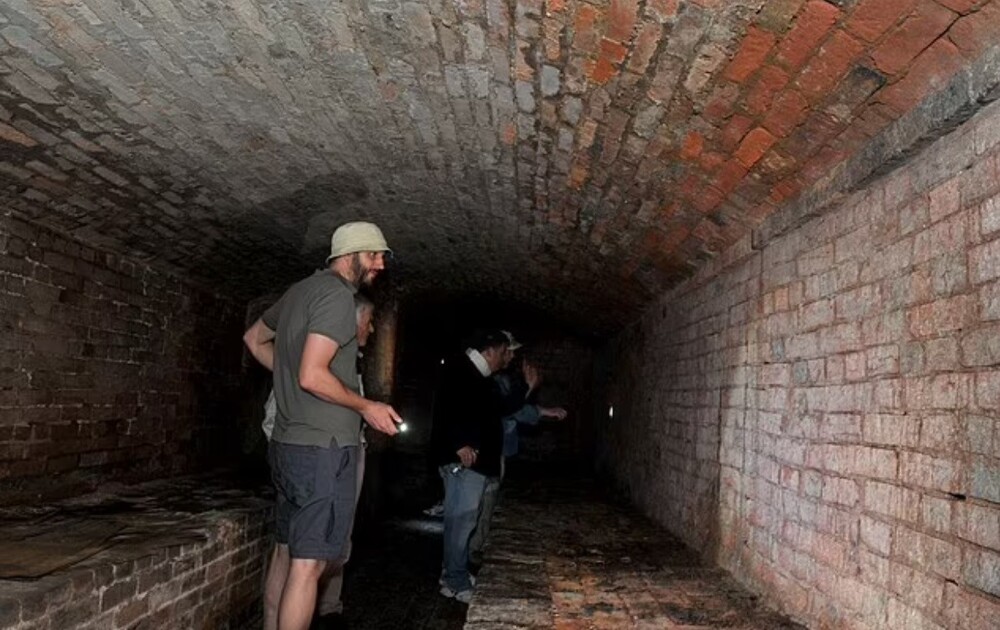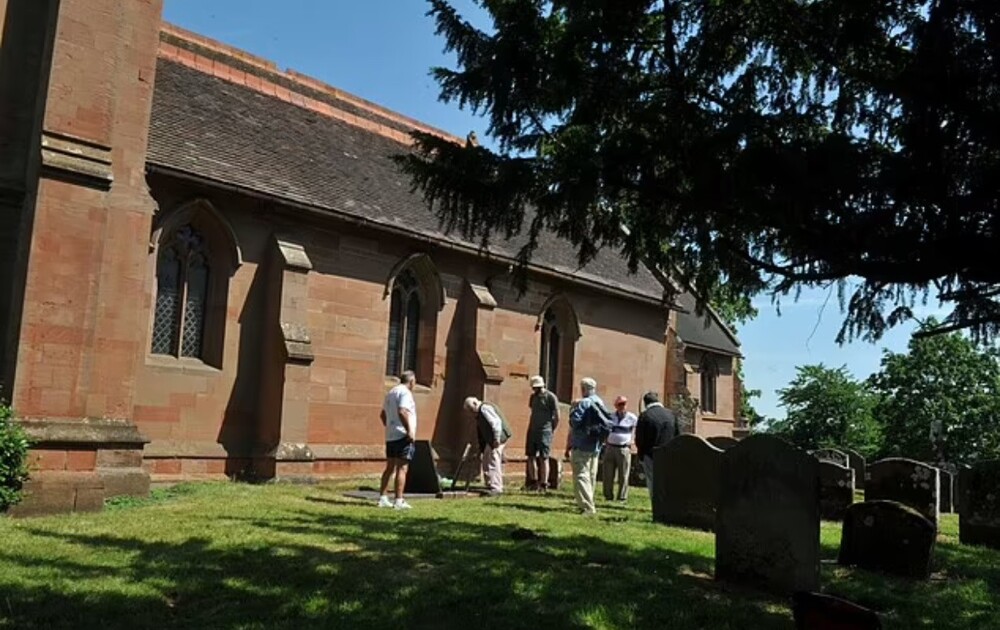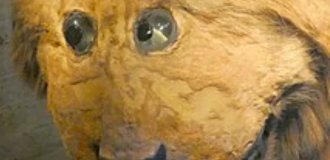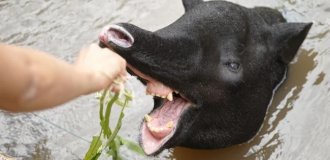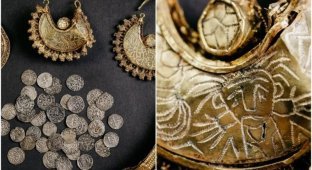Historian discovers Templar burial site in Staffordshire
Historian Edward Spencer Diaz discovered eight Templar graves in Mary's Church, Anville, Staffordshire. Spiritual knightly the order, founded in the 12th century, was considered one of the most powerful and wealthy religious organizations of the Middle Ages. 
Edward Spencer Diaz made a discovery in the style of Code yes Vinci" by Dan Brown. In the film of the same name, with Tom Hanks in the lead roles, Professor Robert Langdon in search of the treasures of the Knights Templar descends under Rosslyn Chapel in Scotland. 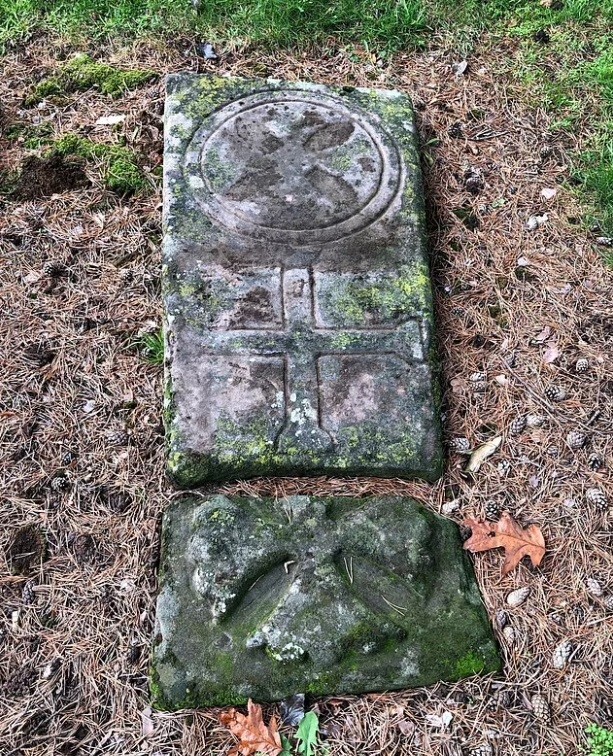
Edward Spencer Diaz found 800-year-old burials
Mary's Church may be one of the most important churches of the Templars, because it is associated with the "greatest knight of England" - William Marshal. 1st Earl of Pembroke, Marshal of the King's Household the justiciar of England became the prototype of Lancelot in the legends of King Arthur.
Marshal died at the age of 73 in 1219 and was buried in London Temple Church after being ordained on his deathbed knights of the Knights Templar.
In the church of St. Mary, stained glass windows depict many coats of arms, including that of Hugh Mortimer of Chelmarsh, married the granddaughter of Marshall. Other explanations why in a rustic churches rest the Templars, no. 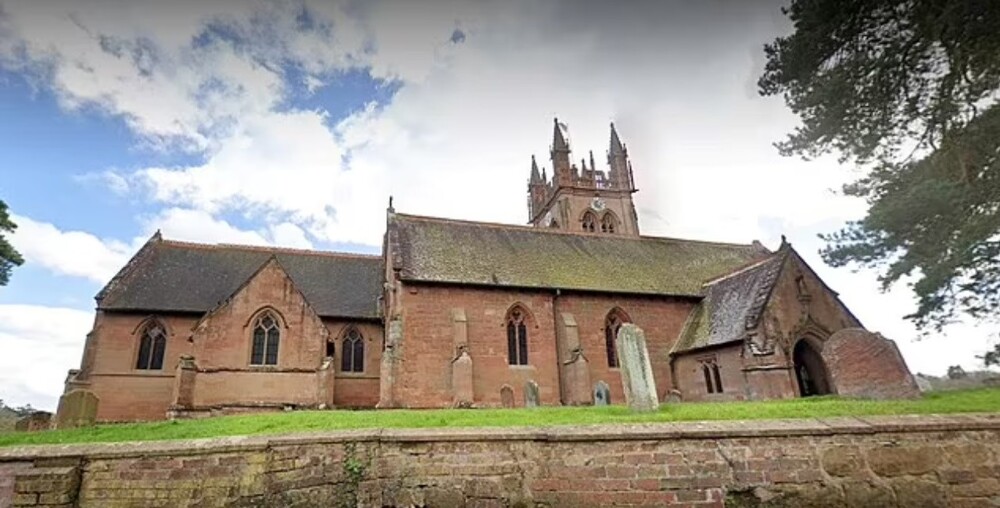
Church of St. Mary
The church on the outskirts of the Black Country was built at the beginning of the XII centuries when the Templars created preceptories (a kind of monasteries) throughout Britain. 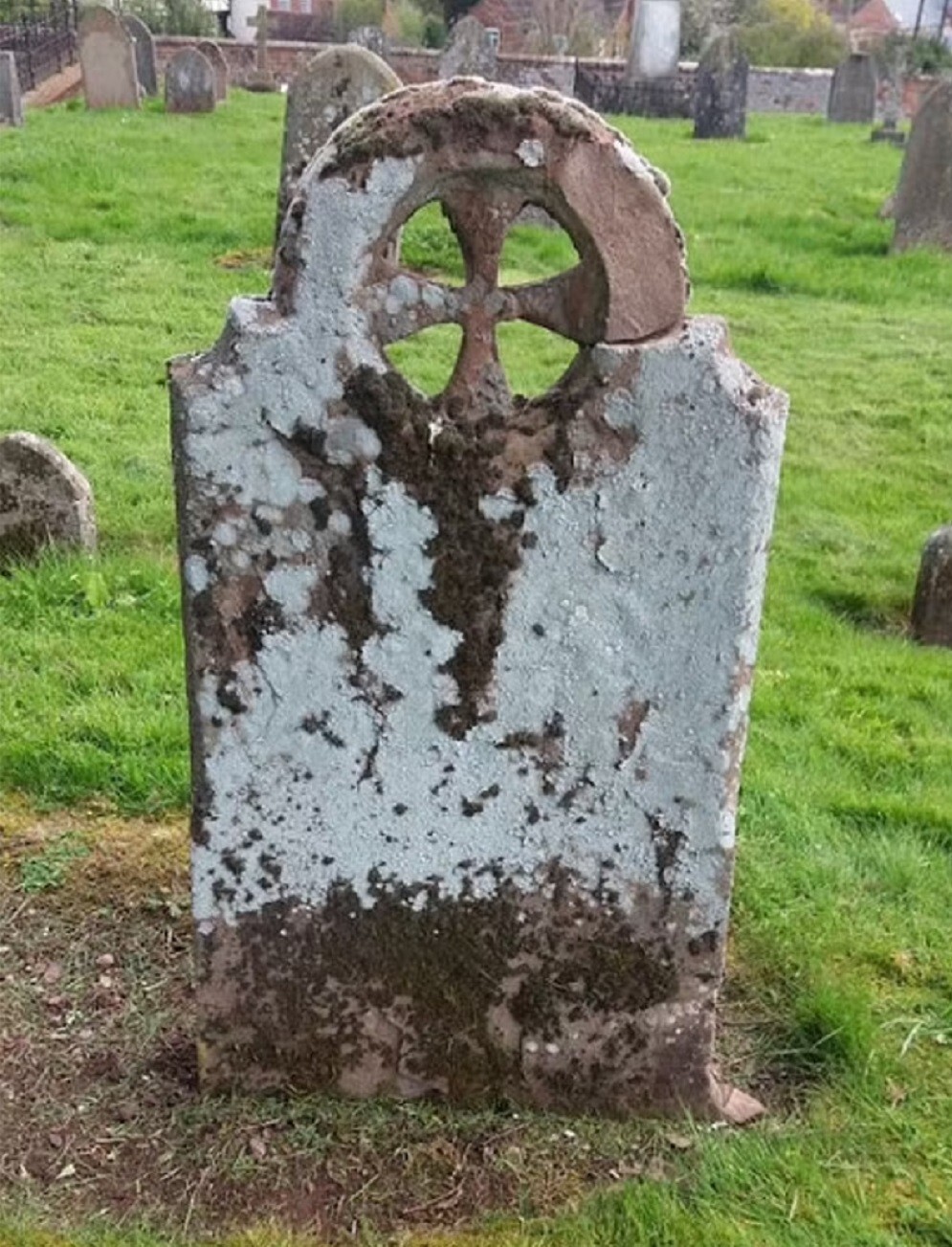
All the graves depict the Templar cross - straight equilateral cross with flared ends. On one of the plates there is a Jerusalem cross, which suggests that the knight was Templar and crusader at the same time. 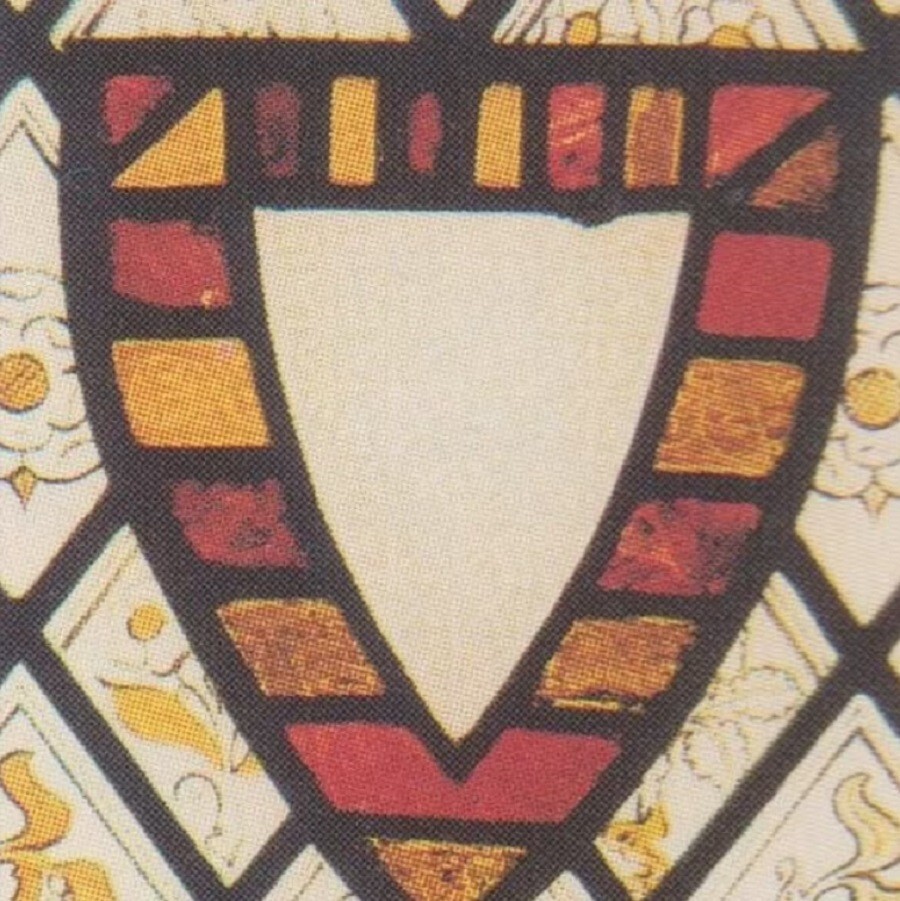
The stained glass windows of the church bear the coat of arms of Hugh Mortimer, who married Marshall's granddaughter.
The original purpose of the Order was to protect the pilgrims in their pilgrimage to holy places. In 1129 the Templars were officially recognized by the Pope. 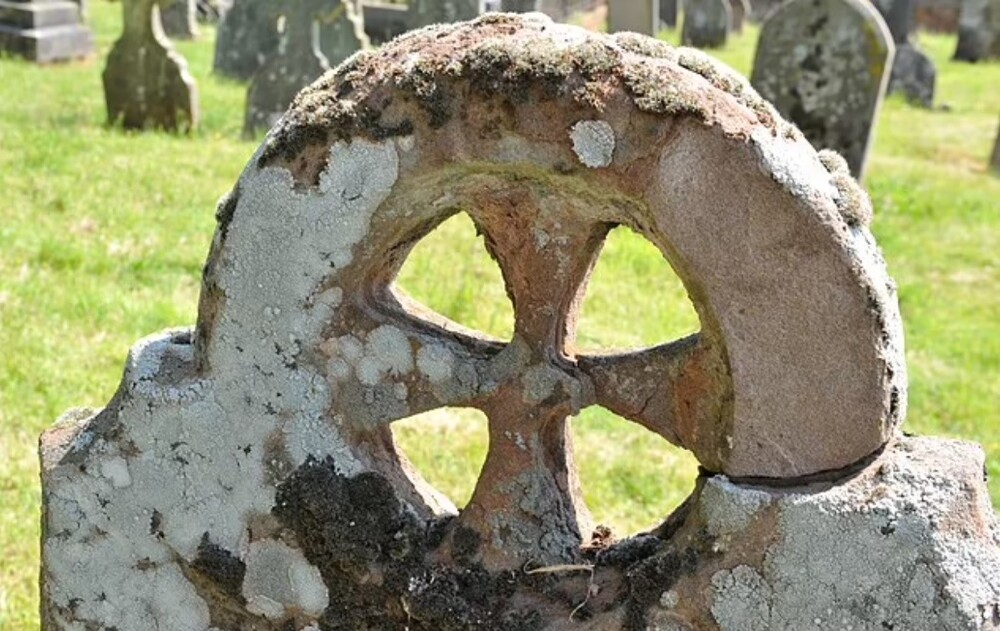
Diaz is sure that the Church of St. Mary was under the auspices of the Templars
The historian learned that St. Mary's Church was built Roger de Bermingham - a priest whose family owned all lands of Anville, including Morph - a medieval royal forest in the nearby Shropshire.
"Despite the lack of records, it is clear that the de family Bermingham built the church at the expense of the Templars," Diaz said. 

One of the discovered plates 
The historian received permission to look into the crypt under the church. However, during the inspection of the premises, no additional evidence. 